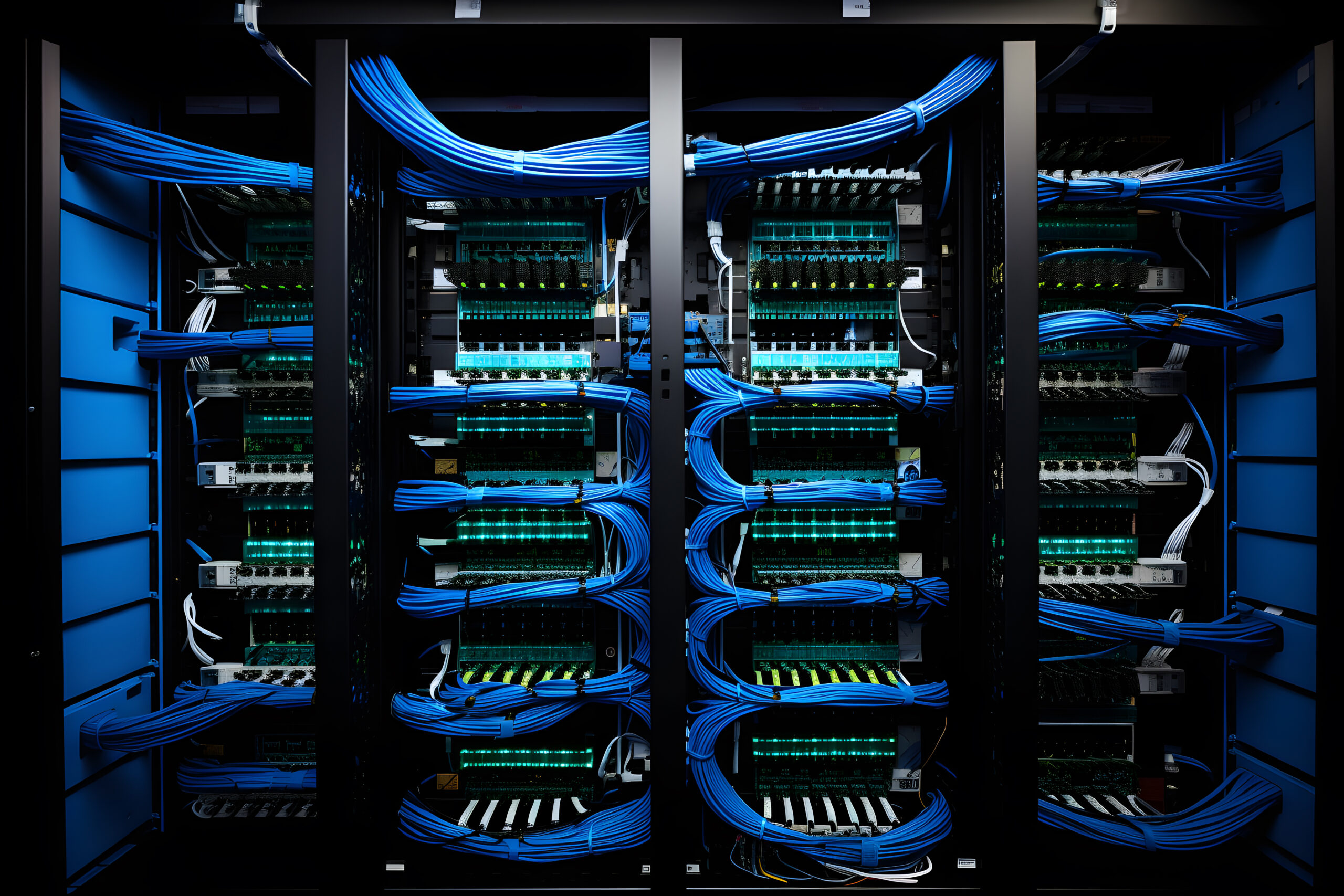Structured cabling is the foundational backbone of a modern IT infrastructure, providing a standardized and organized system for all telecommunications needs within a building or campus in Howrah, West Bengal, or anywhere else. Unlike older, less systematic approaches where cables were often run point-to-point in a haphazard manner, structured cabling adheres to industry standards, primarily ANSI/TIA, to create a unified and manageable infrastructure supporting voice, data, and video signals. This methodical design ensures consistency, reliability, and optimal performance for all connected devices, which is crucial for businesses operating in a dynamic environment like that of West Bengal.
A well-designed structured cabling system in Howrah comprises several key components working in concert. The Entrance Facility serves as the initial point of connection to external communication services. The Equipment Room acts as the central nervous system, housing critical active components like servers and switches. Backbone Cabling forms the vertical pathways connecting equipment rooms and telecommunications rooms across different floors. Telecommunications Rooms on each floor serve as intermediate distribution points. Horizontal Cabling extends from these rooms to individual Work Areas, where end-user devices connect. This hierarchical structure allows for organized growth and easier management of the network infrastructure within any facility in West Bengal.
Features & Benefits

High-Speed Connectivity
Supports high-bandwidth requirements with minimal latency.

Scalability
Easily adaptable to growing business needs without major overhauls.

Network Redundancy
Ensures uptime with failover and backup systems.

Centralized Management
Unified control over network infrastructure via a single dashboard.

Cloud Integration
Seamlessly connects with cloud services and hybrid environments.

QoS (Quality of Service)
Prioritizes critical applications and traffic types.

Remote Access & VPN
Secure access for remote users and branch offices.

Load Balancing
Distributes traffic efficiently to optimize performance and avoid downtime.


